Descriptions of pearl knitting can be found in various printed and online publications. Historians have established that mankind has been familiar with the process of interlacing threads in various ways since the 1st-2nd centuries AD, and evidence of this are knitted finds in excavations of ancient tombs and settlements.
What products use pearl pattern?
There are several known ways of knitting the pattern:
- English;
- continental;
- facial;
- handkerchief;
- with bundles;
- pearl.
In addition, needles, bones, hooks or knitting needles were used to weave threads into patterns. For example, when knitting with a needle, the resulting fabric cannot be unraveled, and products created on knitting needles can be unraveled and re-knitted.
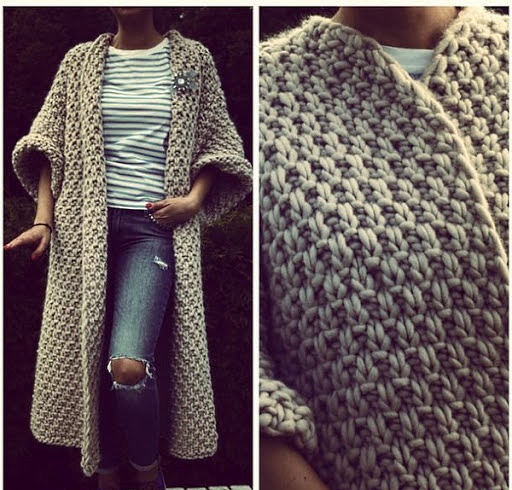
Pearl knitting, the description of which can be found both in old books on needlework and in modern fashion magazines, is a popular pattern. Craftsmen call this method of interlacing threads differently, for some pearl knitting is “Rice” or “Confusion”, and for others it can be “Large columns” or “Double pearls”.
The rice pattern is used to create various products. It looks good on:
- scarves;
- hats;
- mittens;
- sweaters for adults and children;
- slippers;
- booties;
- skirts;
- stoles;
- vests;
- poncho.
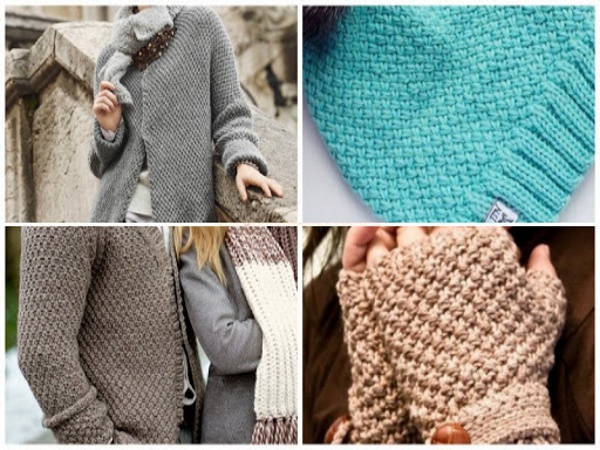 Pearl knitting is used as a background or filling for other patterns. You can interlace the threads this way if you are tired of the garter stitch or alternating front and back loops. The pattern turns out to be relief and voluminous, which attracts the attention of others to the knitted item.
Pearl knitting is used as a background or filling for other patterns. You can interlace the threads this way if you are tired of the garter stitch or alternating front and back loops. The pattern turns out to be relief and voluminous, which attracts the attention of others to the knitted item.
You can decorate a summer children's hat with a tangle, as well as a warm winter scarf or sweater for a man or woman.
What yarn is suitable?
Descriptions of pearl knitting can be found on the pages of fashion magazines and in publications for beginners. The pattern is made from both smooth threads and fluffy material. In this case, the age of the person for whom the item is being knitted is taken into account. For example, for children, it is better to take soft, pleasant to the body, non-prickly threads, and for adults - at the request of the one who will wear the product.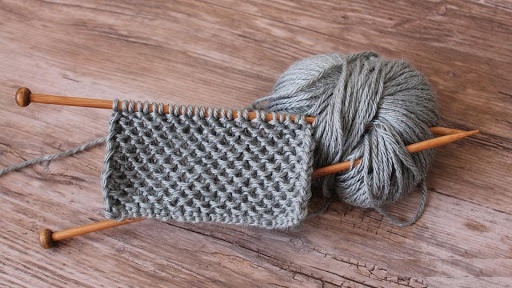
| Summer | Winter |
| Acrylic | Cashmere |
| Bamboo | Mohair |
| Iris | Wool |
On a smooth canvas the tangle is clearly visible, but on a napped one it is lost. The more nap, the less visible the pattern.
Master class of pearl knitting with regular and circular needles. Patterns, description
Those who have never used rice pattern for knitting need to practice. To do this, from the threads selected for the main fabric, knit a sample of 10 by 10 or 15 by 15. The same method is used to see how the tangle looks on the selected material.
Small view
Pearl knitting, the description of which consists of a step-by-step guide to knitting the loops of the front and back rows, can have different diameters. For example, you can decorate a children's sweater with small rice.
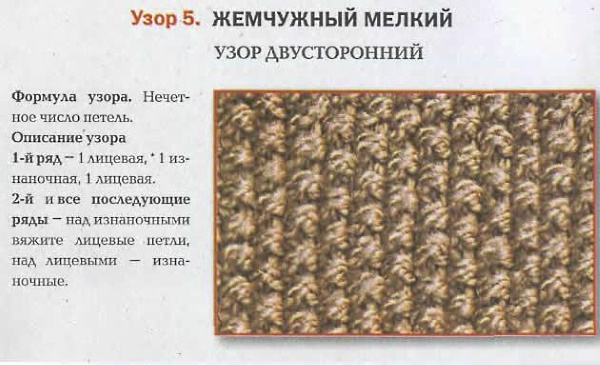 To create the weave you need:
To create the weave you need:
- At the first stage, cast on the required number of loops on the knitting needle (taking into account 2 edge loops).
- Next, knit rows #1 and #2.
- After this, they begin to create the pattern; to do this, in row No. 3, they knit together 2 front loops.
- At the next stage, the reduced number of loops is restored in the purl row by adding them through the broaches.
This type of rice pattern is called fine.
Large view
Pearl knitting, the description of which consists of the classic alternation of front and back loops for braiding, can have a large format.
To create a product according to this scheme you need:
- At the first stage, cast on the required number of loops using knitting needles (regular or circular), taking into account the edge loops.
- Next, knit the first row with face loops.
- After this, from row No. 2, start knitting a classic elastic band measuring 1 by 1.
- At the next stage, in row No. 3, the position of the loops is changed and purl stitches are knitted over the front stitches.
- Next, rows #4 and #5 knit a 1 by 1 elastic band as in row #2.
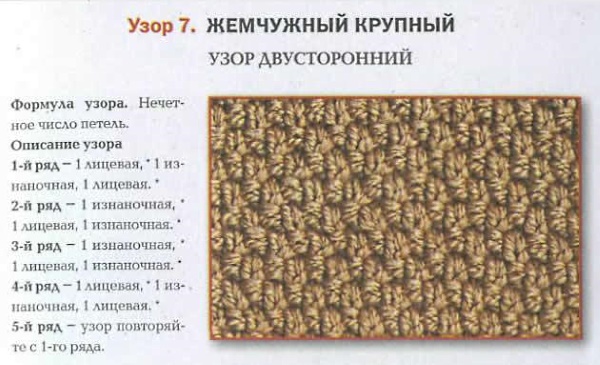
Beginner needlewomen should take into account that purl and knit stitches alternate every 2 rows.
Double view
The peculiarity of double pearls is that they are denser than the classic variety of tangled pearls. In addition, they hold their shape well.
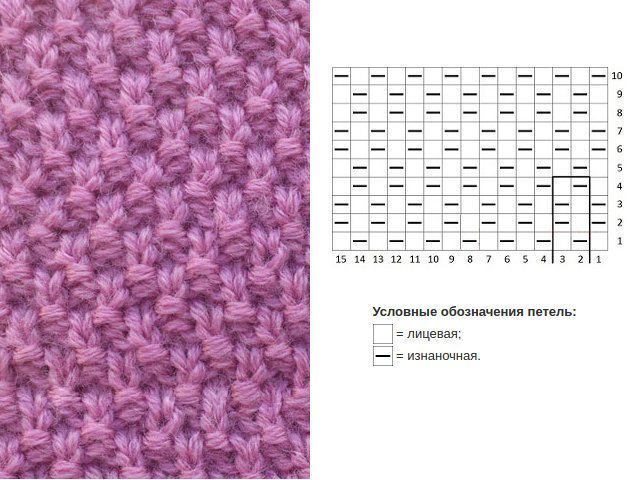
To knit a product using the Double Pearl pattern you need:
- At the beginning of knitting, cast on the required number of loops, taking into account the edge loops.
- Row 1 is knitted alternately with front/back stitches.
- In the 2nd row, knit the loops as they lie on the knitting needle: knit stitch - knit stitch, and purl stitch - purl stitch.
- After removing the edge stitch, row #3 begins with the purl stitch, followed by the front stitch. The pattern is repeated throughout the row.
Having chosen a double type of pattern, you need to remember that in all even rows the loops are knitted as they lie on the knitting needles.
Two-color version
The tangle can be not only single-colored, but also colored. To decorate the future product with threads of several colors, you need to select the appropriate shades of the desired material and follow the rules for knitting a two-color version.
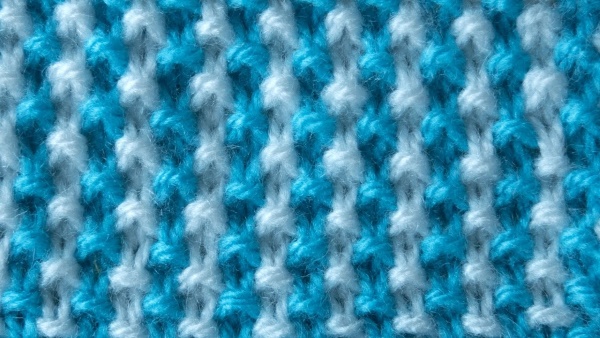
You need to work like this:
- At the first stage, an odd number of loops is cast on (taking into account the edge loops).
- Next, row #1 begins with removing the edge and subsequent purl stitch. The thread should remain behind the work. After this, knit the first color of the face stitches.
- Row #2 begins with removing the edge stitch and the 2nd front stitch. The active thread should be in front of the work. The 3rd stitch is removed as a purl stitch and the thread is placed behind the work, and the stitch is knitted as a front stitch. The following stitches are knitted according to the specified pattern.
- In row #3, the second color is introduced. The row begins with removing the edge loop, and then alternate 2 knit stitches and removing 1 st, as if it were a purl stitch.
- Next, row #4, after the edge, begins with 2 front loops, after which the next loop is removed as a purl. The alternation is repeated until the end of the row, while the loops are knitted, alternating colors.
When using two colors in a product, for color #1, rows after the edge stitch begin with knitting 1 front loop, and for color #2, with 2 front loops.
Combination with braids
The tangle goes well with braids of different diameters and complexity. Experienced needlewomen like to knit weaves on the background of pearl knitting. Small rice looks good with large braids.
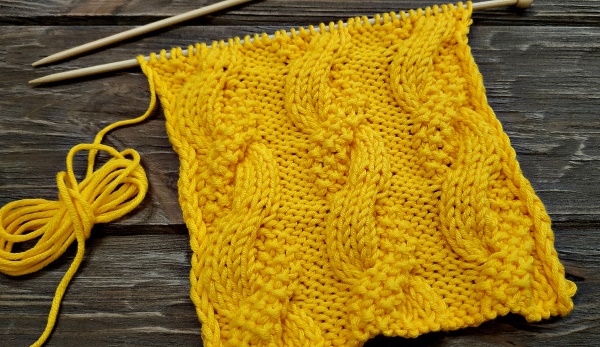
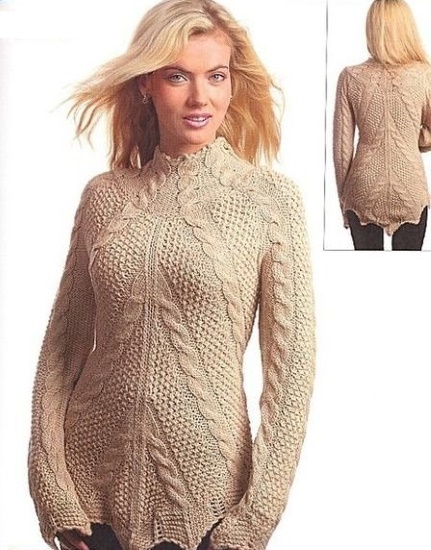
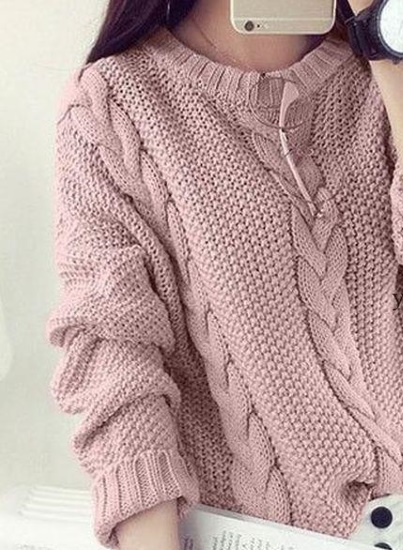
For example, you can start knitting with a 1 to 1 tangle and in the center of the product introduce a simple braid of front loops and transitions.
Pearl elastic single and double
If the single rice method is used to knit a solid fabric or fill patterns with it, then the double elastic, also called tubular, is used to create sleeves, collars, strips or winter hats.
To create a tangle according to this scheme, you need to:
- At the first stage, cast on an even number of loops on the knitting needles, multiplied by 2.
- Next, after removing the edge stitch, they begin to create the pattern. To do this, the second loop is placed on the knitting needle so that the thread is in front of the work. After this, the front loop follows. The pattern is repeated throughout the entire row.
- Throughout the entire work, repeat the pattern of row No. 2.
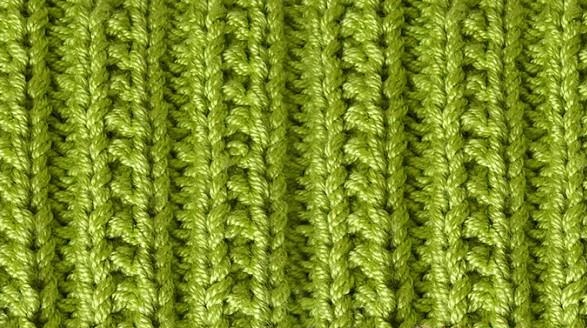
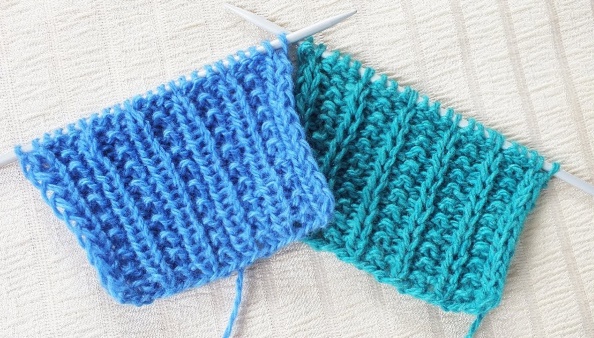 To avoid confusion, the loop created by purl stitch should not be knitted, and the thread should always be in front of the work.
To avoid confusion, the loop created by purl stitch should not be knitted, and the thread should always be in front of the work.
How to use pearl knitting in products. Schemes, description
Pearl knitting, the description of which will be understood even by a novice needlewoman, looks beautiful on various products. For example, they like to decorate snoods or blankets with small or large rice. In addition, sleeveless jackets, sweaters and cardigans made with a tangle look attractive. Pearl knitting is used for children's and adult hats or pullovers.
Plaid
A home blanket made with a tangled pattern looks advantageous. For this, you can use either single-color yarn or threads of several colors.
To knit a product measuring 80 x 133 cm, using “Berroco remix” yarns, you need:
- At the first stage, cast on the planned number of loops (including edge loops) using thick knitting needles No. 5.
- Next, row No. 1 is knitted with front loops.
- After this, row #2, after removing the edge stitch, begins with 1 purl stitch, followed by 1 knit stitch. The alternation is repeated until the end of the row.
- Row No. 3 consists entirely of knit stitches, except for the edge stitches.
- At the next stage, row #4, after removing the edge stitch, begins with 1 front loop, followed by 1 back loop. The alternation, as in row #2, is repeated until the end of the row.
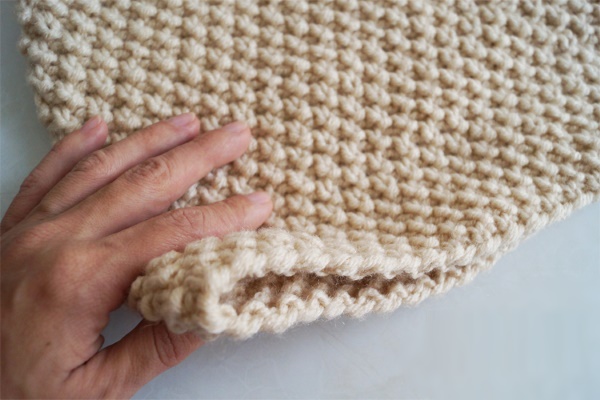 In the process of knitting, the patterns alternate as shown from row No. 1 to row No. 4. The knitting density is 17 loops per 25 rows. For a product of the specified length and width, 7 skeins of thread will be required.
In the process of knitting, the patterns alternate as shown from row No. 1 to row No. 4. The knitting density is 17 loops per 25 rows. For a product of the specified length and width, 7 skeins of thread will be required.
Sleeveless jacket
Using a tangle and a classic elastic band, you can knit a casual or festive sleeveless jacket for a man or a woman. This wardrobe item can be both winter and demi-season.
To knit a sleeveless jacket for a woman, you will need Rico yarn (7 skeins) and straight and circular knitting needles No. 4.
When knitting, follow these steps: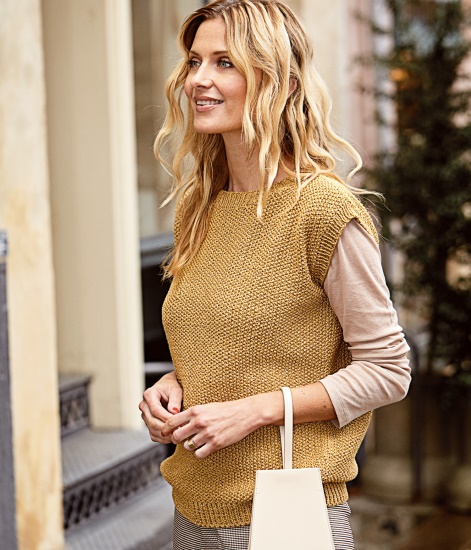
- At the first stage, 110 loops are cast on (including edge loops). The cast on is done on straight knitting needles.
- Next, we begin to create the back, and for this, row No. 1 is knitted with a classic rib pattern with alternation of 1 to 1, and the edge stitches are knitted with the front stitches. The pattern is repeated over a length of 5 cm.
- After the length of the elastic band is 5 cm, begin to knit the fabric with the "Rice" pattern. To do this, in row No. 1, alternate the front and back loops, and in row No. 2, knit the loops the other way around (front loops - back loops, and back loops - front loops). The pattern alternation is repeated, while in every 10th row, 1 loop is added, which is also included in the pattern.
- The pattern is closed for the armholes on both sides (4 loops) as soon as the length of the fabric is 37 cm.
- Next, in each row No. 2, close 2 loops (1 time) and 1 loop (2 times) on both sides.
- As soon as the armhole height is 7 cm, add 1 loop on both sides of the back in each row No. 10 2 more times. Close the loops when the armhole height is 18 cm.
- The next step is to start making the front part of the sleeveless jacket. To do this, cast on the same number of stitches and knit like the back until the length of the fabric is 50 cm.
- After this, close 22 loops in the middle for the neck opening, and knit the remaining parts separately.
- To round the neckline from the inner edge of the product, knit 5 loops 1 time, 4 loops 1 time, 3 loops 1 time, 2 loops 1 time, and 1 loop 6 times in each even row.
- Close the front when the length of the piece is 55 cm.
The neck band is knitted on circular needles, casting on 106 loops and making a rib pattern, and for the armhole strip, cast on 72 loops and also make a classic rib pattern. The knitting pattern is given for size 36/38, and the knitting density is 10 by 10.
Sarafan
For an adult or a little fashionista, you can knit a sarafan using a tangle. For example, for a children's product you will need 150 g of any wool, for example acrylic. Knitting is done on needles No. 4 with pearl knitting and double elastic 1 to 1.
To knit a sundress for a 2-year-old child, you need: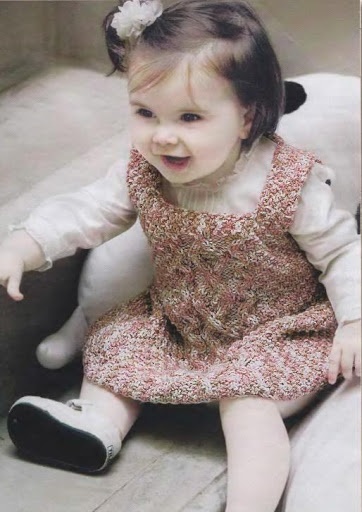
- At the first stage, start knitting the back and cast on 101 stitches (including the edge stitches) onto the knitting needles.
- Next, the loops are distributed and 19 loops are knitted with a tangle, 3 with purl, 27 with a tangle, 3 with purl, 27 with a tangle, 3 with purl and the last 19 again with a tangle.
- When 30 rows have been knitted, then loops are reduced from 31. To do this, 2 loops are knitted together purlwise on both sides of each strip in every 12th row, while making sure that both 1 loop of the tangle and 1 purl loop are reduced. After decreasing, 71 loops should remain on the needles.
- Having received a product 29 cm long, combine 4 loops on both sides. After that, in each 2 rows 3 times 2 loops and 2 times 1 loop.
- Knitting is finished when the fabric reaches 50 cm in length, closing 8 loops for each shoulder.
- After the back is ready, the front of the sundress is knitted in the same way.
- As soon as 12 cm are knitted from the beginning of the armhole, you can close 13 middle loops and knit the shoulders separately. To round the neck, you need to close 2 times 3 loops, 2 times 1 loop. When the product reaches 50 cm in length, 8 loops of each shoulder are closed.
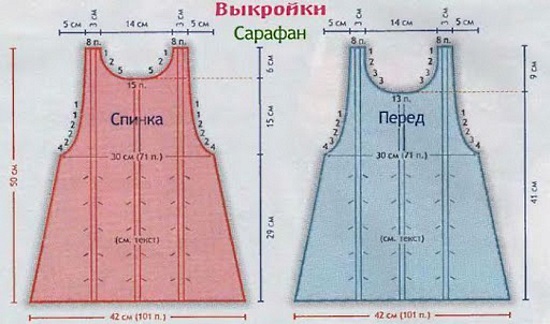 The sarafan is assembled using the classic method, sewing it along the sides and shoulders.
The sarafan is assembled using the classic method, sewing it along the sides and shoulders.
Pullover
You can decorate a women's mohair pullover with pearl elastic. To do this, you will need knitting needles and the chosen shade of yarn.
To knit an elongated sweater, you need:
- At the first stage, cast on the required number of loops (including the edge loops).
- Next, row No. 1 is knitted.
- After this, from row #2, start forming the pearl elastic. For a distinct pattern, the rows are repeated.
- The armholes at the front and back are knitted according to the classic principle.
- The raglan is knitted separately from the garment.
- At the final stage, the pullover pieces are sewn together in the right places.
The pattern is simple, so creating the product does not take much time.
Cap
The hat made with rice knitting looks interesting. The product can be knitted for both a child and an adult.
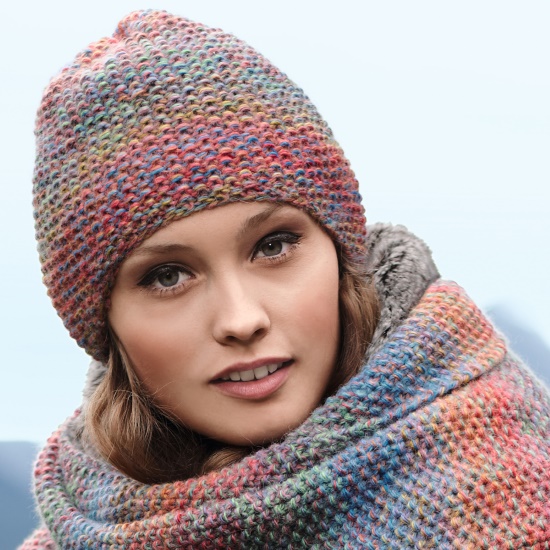 To make a size 46 headdress, alternating elastic and tangled yarn, you need:
To make a size 46 headdress, alternating elastic and tangled yarn, you need:
- At the first stage, cast on 70 loops (including edge loops) and close them in a ring shape.
- Next, knit the strip with a classic 1 to 1 elastic band to a height of 7 cm.
- After this, in the first circular row, add 1 loop and begin to knit a 1 by 1 tangle.
- The knitting is finished and the product is pulled together when its length reaches 17 cm.
For a hat of the specified size, you will need 150 g of 100% wool yarn. Knitting needles are selected according to the diameter of the thread. The knitting density is 16 loops per 22 rows.
Children's coat
A pearl knit coat will come in handy for children under 1 year old. To knit such warm outerwear for a baby, you will need 5 skeins of 100% merino thread and circular knitting needles.
To make a beautiful knitted item for a 6 month old baby, you need:
- At the first stage, for the back and front panels, cast on 105 stitches in 2 additions.
- Next, the rows are knitted with a tangled pattern.
- After the product is 12 cm long, knit a row with holes (2 front, yarn over, 2 front, yarn over), repeat the pattern along the entire row.
- Next, continue knitting 1 cm rows with a pearl pattern.
- When the length of the product reaches 13 cm, the fabric is divided into the back (53 loops) and shelves (26 loops each).
- After this, 6 loops are closed for each armhole.
- The next step is to start making the sleeves. To do this, cast on 31 stitches with a 2-ply thread and knit the "Confusion" pattern.
- When the height of the fabric reaches 3 cm, add 1 loop on each side. The process is repeated on each 2.5 cm section.
- As soon as there are 41 loops on the knitting needles, close 3 loops on each side.
- When the second sleeve is ready, start knitting the yoke.
The finished product is sewn or connected with a hook. Buttons or other convenient fasteners are attached to the front panels.
Snood
A solid scarf, knitted on circular needles or sewn at the back, came into fashion in the early 80s and its popularity has not waned to this day. A snood, as such a wardrobe item is also called, can be made from any threads and in any manner. For example, decorate the product with small or large tangles.
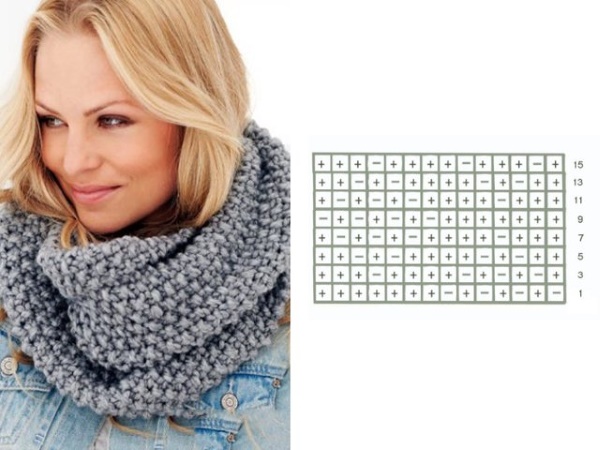 To knit a circular scarf using pearl stitch, you need:
To knit a circular scarf using pearl stitch, you need:
- At the first stage, cast on the required number of loops (including the edge loops) onto the knitting needles.
- Next, row #1 begins with slipping the edge stitch onto a free knitting needle, then alternating the front and back stitches. The pattern is repeated until the end of the row.
- After this, row No. 2 also begins with removing the edge loop, and knit the loops according to the pattern, that is, purl - front, and front - purl.
- At the next stage, in row No. 3, repeat the same manipulations as when knitting row No. 1.
- Next, row #4 is knitted in the same way as row #2.
Alternating patterns, knit a product of the required height. If you want to knit a snood with a large tangle, you can alternate the front and back not 1 through 1, but 2 through 2.
Bag
You can use pearl knitting to decorate a small handbag or clutch. To do this, choose the appropriate material and knitting needles of the required diameter.
To knit a bag, you need:
- At the first stage, cast on the required number of loops on the knitting needles.
- Next, row No. 1 is knitted with front loops.
- After this, the remaining rows to the selected height are knitted with pearl stitch 1 to 1 or another density.
- At the end, the loops are closed and the product is sewn on the sides to create a bag with a folding top.
The product can be decorated with a chain for wearing over the shoulder and a button as a fastener.
Slippers-slippers
To avoid buying warm slippers for home this winter, you can knit them yourself. To do this, you will need warm yarn and thick knitting needles.
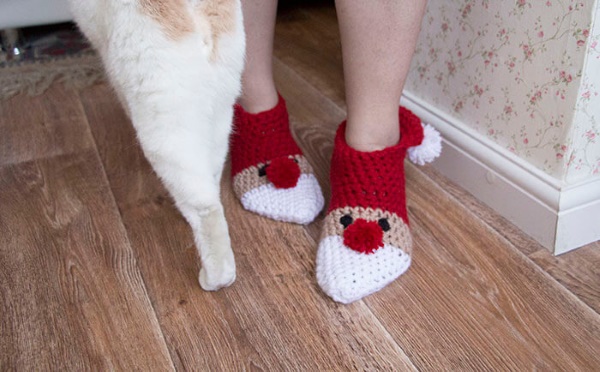 To start making home shoes size 35/37 you need:
To start making home shoes size 35/37 you need:
- At the first stage, cast on 8 loops.
- After this, row No. 1 is knitted with front loops.
- Next, in row #2, make an increase according to the principle: 2 knits, yarn over, 4 knits, yarn over, 2 knits. In this case, there should be 10 loops on the needle.
- Row #3 is knitted as follows: 4 knits, yarn over, 2 knits, yarn over, 4 knits. After all manipulations, there should be 12 loops on the needle.
- At the next stage, from row No. 4, start knitting the “Small Pearl” pattern to a height of 9 cm.
- Next, cast on 9 new stitches at the end of the next two rows. This should leave you with 30 stitches on the needle.
- As soon as the product reaches a height of 21 cm, knit 9 front loops in the front row, turn it over, and knit the reverse row.
- After this, the first 21 loops are closed, and 9 loops remain on the knitting needle, which are knitted in several rows and closed.
To assemble the slipper, thread through 8 loops of the sock and tighten them. House shoes are sewn.
The description of pearl knitting with knitting needles is simple and accessible for both beginners and experienced needlewomen. The tangle is suitable for creating any types of clothing and accessories.
Video description of knitting pearl pattern with knitting needles
Pearl pattern knitting:
